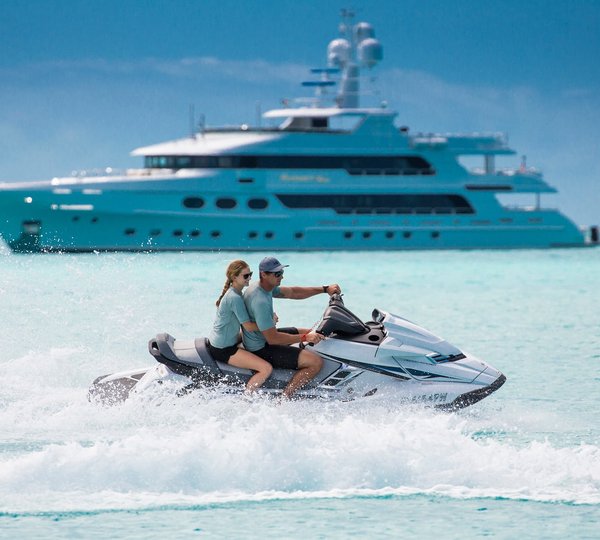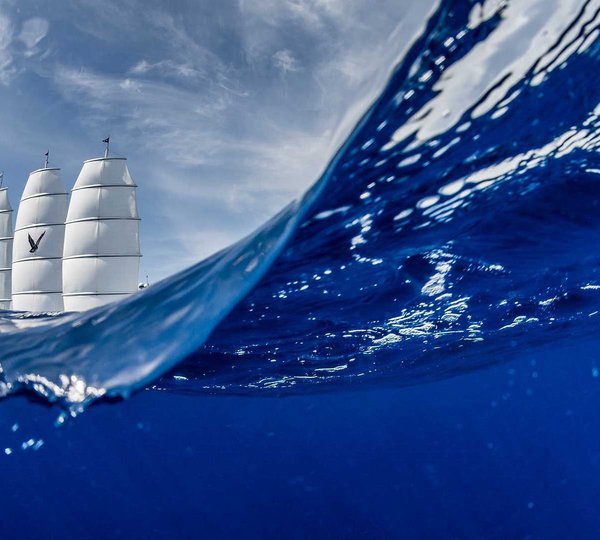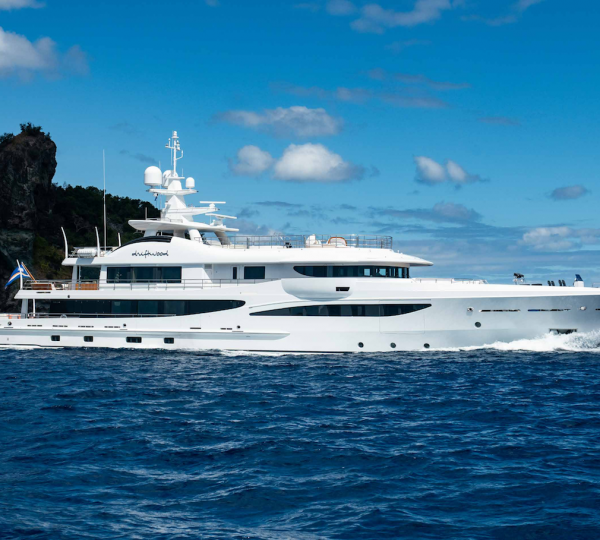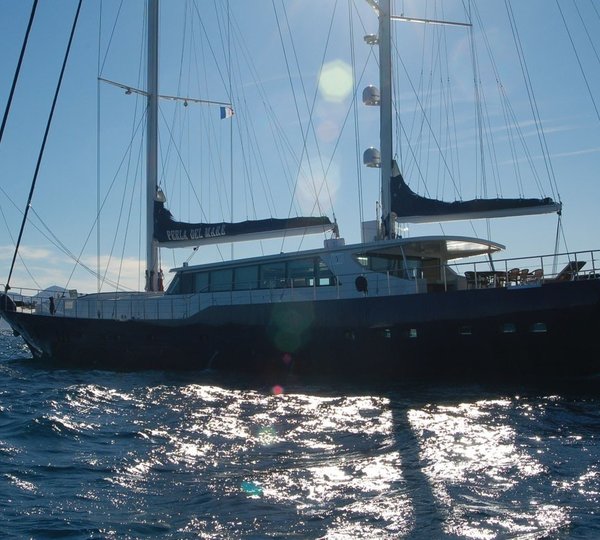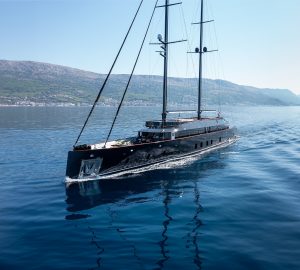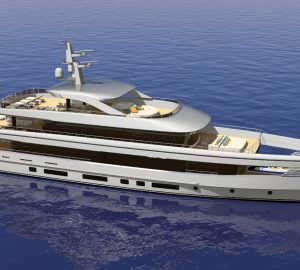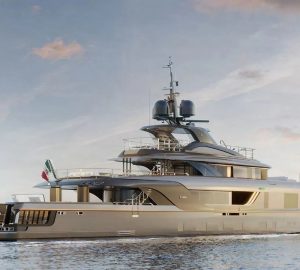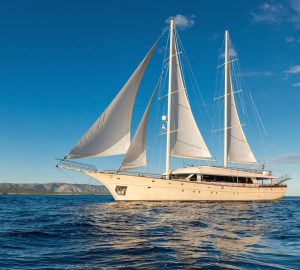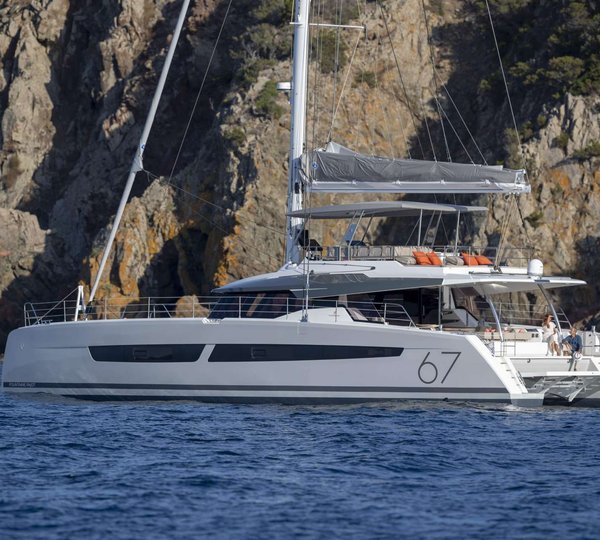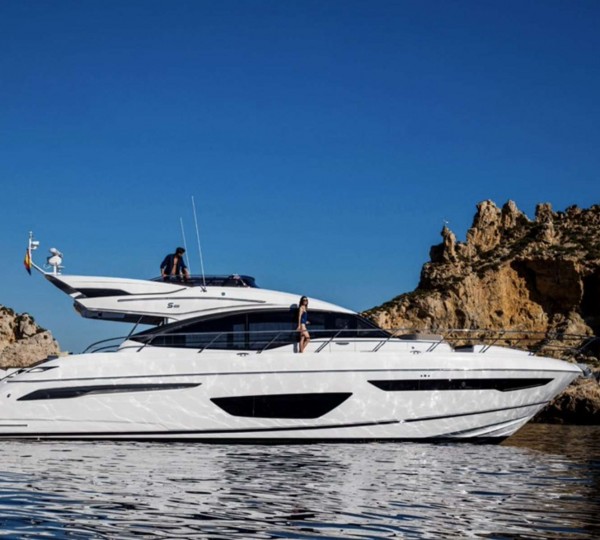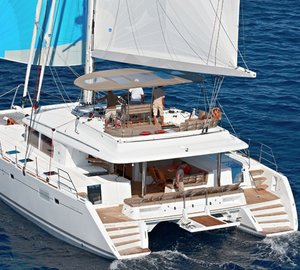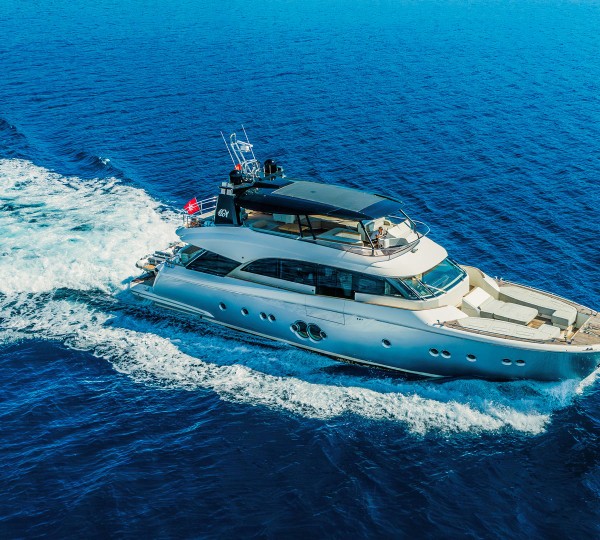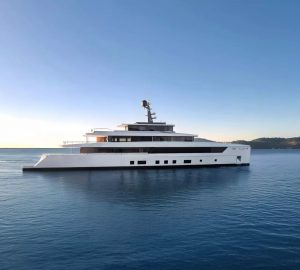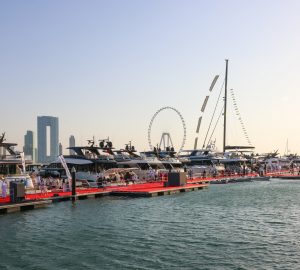
Sailboat main sail trim
The principals in this main sail trim article apply equally to all sailing yachts and sailboats. Whether you are trimming sails aboard your bareboat charter yacht on a relaxed pleasure cruise between islands, class yacht racing a catamaran sport boat or adjusting the hydraulic captive mainsail winch on a luxury superyacht - the concepts and theories of trimming the main are the same.
This series of articles on mainsail trim is useful to any sailor as a refresher look at some of the theories of sail aerodynamics and the techniques of trimming main for optimal sailing performance. It is aimed at intermediate to serious sailors or yacht racers. As you probably know, a sailing yacht can be sailed very well by someone who merely understands a couple of basic concepts. One of the beauties of sailing is that it is so easy to do so new comers to the art can become quickly and easily involved. On the other hand, there is no limit to the science and practical skills and talents required to make a sailboat go faster!
Theories and science aside, it should always be remembered that the actual speed and height that your yacht is sailing is the true indicator of what works and what doesn’t. Remember that experience, practice and ‘feel’ will tell you more effectively whether your sailing yacht is performing, rather than blindly pulling on sail controls, as a matter of course, without considering their effect. It is a welcome thing that having a relaxed, yet inquisitive approach, to sailing is not only fun but is often the ideal attitude needed to make your boat sail well and go fast.
The physics of sails and sailboats
There are two main forces that act on the main sail. These forces result from the wind passing over the sail. One is lift, which is desired, and the other is drag, which is not.
Lift on the sail
Lift produces a low-pressure vacuum over the leeward side of the sail. This force pulls from high to low-pressure over the sail, which propels the yacht forward. The angle and amount of the lift force corresponds with the amount of forward propulsion at any one time. The speed of the yacht is loosely determined by how much lift there is, what direction the lift is pulling from and the ease with which the yacht is drawn through the water. The more the lift, (as apposed to drag), and the easier a yacht can be driven through water and air (the yacht designer’s job), the faster she will go.
Drag on the sail
If it is a trimmer's job is to increase lift, it is also their job to decrease drag. Drag is counter-productive to the performance of the sail and it’s yacht. It is formed when high-pressure air on the windward side of the sail tends to escape to the low pressure, leeward side. When this air escapes it becomes turbulent and disrupts a smooth flow over the sail. When this happens the air slows and detaches/stalls from the sail thereby reducing lift. The balance for boat performance is maximum lift and minimum drag. This is almost always the trimmer's task at any particular moment.
Overall Sail Shape
The overall shape of the sail and its angle to the wind is the ultimate control on maximizing lift and minimizing drag. This is produces a smooth fast flow of air over the sail and increased driving force.
There is often some disagreement on sail shape, between sailors on different boats, and especially those on the same one! This is because optimum sail shape is dynamic and depends on many variables. The general/base shape of the sail, however, should be as follows:
• The bottom third should be relatively flat. This reduces drag under the boom.
• The middle third or so should have correspondingly more shape and cord length (length from the luff to leach). Wind flow accelerates more and has the furthest to travel over a deeper part of the sail. This area produces lots of lift.
• The top part of the sail should have even more depth still.
• The shape of the sail, which gets generally deeper as your eyes move up the sail, means there will be more twist the higher up you look. This is particularly the case with fractional rigs because, unlike a masthead rig, the genoa doesn't run high enough to buffer the air on the leeward side of the main sail and reduce staling. The twist is actually flattening the depth higher up, and thus reducing wind friction on the sail and any resulting wind separation. The wind gets faster and the angle of attack increases as you go higher up the main. Twist is needed to create a uniform angle of attack so that the apparent wind enters the sail at the best angle right up the main.
• The positioning of the draft (sometimes referred to as shape) should be 35% to 50% back from the luff.
As a base you know your mainsail is roughly trimmed to its optimum when going upwind in medium wind speed and flat water when:
1. The lower mainsail leech tails flow cleanly and horizontally backwards while the upper tails flow backwards about one half to a third of the time.
2. The boom is angled as close to the center-line of the yacht as possible, without causing the yacht to heal over too much or have too much weather helm (rounding up).
3. When you luff the yacht (as when you go into a tack) the tales should all break their flight as close to the same time as possible.
Next page: Main sail controls

